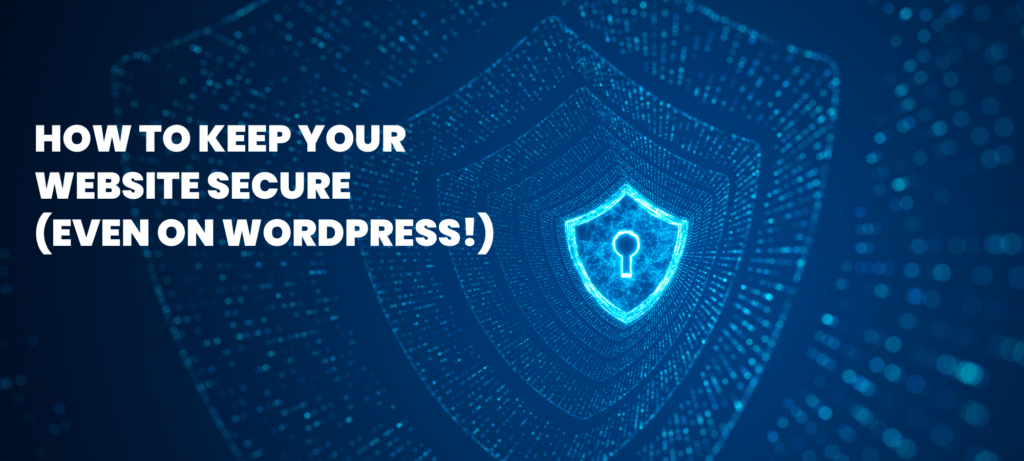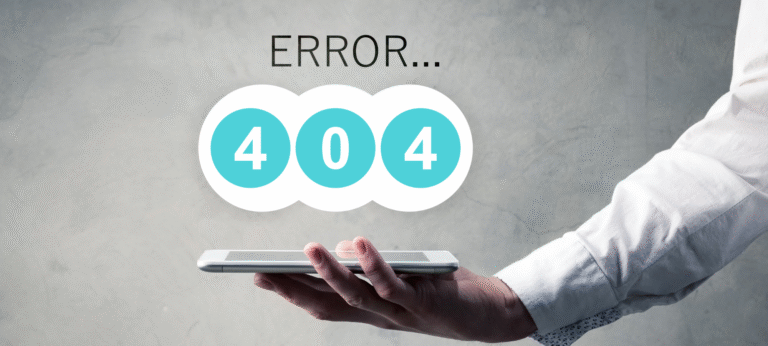A plain-English guide for business owners who want to prevent hacks, downtime, and lost revenue.
Have you ever worried what would happen if your website got hacked—or if sensitive client data was stolen?
Is WordPress really too vulnerable, or can you make it just as secure as any other platform?
This guide gives you the clear answer. You’ll learn the essential steps to protect your website from cyber threats, whether you’re running a small brochure site or a full e-commerce store.
By the end, you’ll know:
- The must-have basics for website security (hosting, SSL, updates, backups)
- How to secure your WordPress site against common attacks
- Why prevention is cheaper than recovery
- A practical ROI comparison between secure and insecure websites
Why Website Security Matters
Your website is your business’s digital home. Just like a physical property, it needs strong locks, regular checks, and insurance against threats.
Hackers don’t just target large corporations. Small businesses and professional firms are often easier targets because they assume, “Nobody would bother hacking me.”
In reality, an insecure website can mean:
- Lost client trust
- Downtime (and lost revenue)
- Data breaches and potential fines under GDPR
- Permanent damage to your brand reputation
The good news? With the right precautions, you can secure your site and focus on growth with confidence.
5 Essential Website Security Practices
1. Secure Hosting + SSL Certificates
A secure foundation is everything.
- Choose a hosting provider with malware scanning, backups, and SSL certificates included.
- An SSL certificate ensures all data is encrypted. It also boosts your Google rankings.
Tip: If your URL still shows “http” instead of “https,” add an SSL certificate today.
2. Keep WordPress, Themes & Plugins Updated
Outdated software is the #1 way hackers break in.
- Always update WordPress core files.
- Use only trusted plugins and themes.
- Delete unused or outdated plugins.
Tip: Free “premium” plugins from dodgy sites often contain hidden malware.
3. Strengthen Login Security
The admin area is the front door for hackers. Lock it down.
- Use strong, unique passwords.
- Add two-factor authentication (2FA).
- Limit login attempts with a plugin like Limit Login Attempts Reloaded.
4. Regular Backups + Malware Scans
Even with the best defences, prepare for the worst.
- Schedule automatic backups of both your site files and database.
- Store backups securely offsite.
- Use malware scanning tools (e.g., Wordfence, Sucuri) to detect and clean infections.
5. Professional Monitoring & Support
Most free or low-cost builds leave you with no help when things go wrong. A managed security plan gives you:
- Ongoing updates and patches
- 24/7 uptime monitoring
- Fast recovery if your site is ever compromised
ROI: Secure vs Insecure Websites
| Approach | What You Get | ROI Impact |
| Insecure Website | Cheap build, no SSL, outdated plugins | High risk: downtime, lost enquiries, GDPR fines, reputational loss |
| Secure WordPress Website | SSL, updates, backups, monitoring, security tools | Low risk: continuous enquiries, stronger Google rankings, peace of mind |
Investing £50–£200/month in security is far cheaper than the £5,000–£50,000+ cost of a major breach.
Proof in Practice
Fountain Solicitors — Their old site had minimal security and was vulnerable to downtime. After a rebuild with SSL, managed hosting, and regular monitoring, enquiries climbed to 60+ per month while the site stayed fully secure.
Hair by Imad — Started with a free template and no SSL. After upgrading to a secure WordPress setup with SEO and CRO, bookings grew by 700%—and security risks dropped to near zero.
Final Thought
Website security is not optional—it’s business-critical. Whether you’re a law firm, accountant, or local service provider, one breach can cost you client trust and serious money.
Want peace of mind instead of worrying about hacks? Book a More Clients From Your Website Call, or explore our Website Care Plans on the Pricing Page to see exactly how we keep your site safe.





